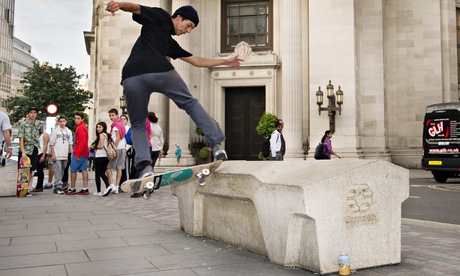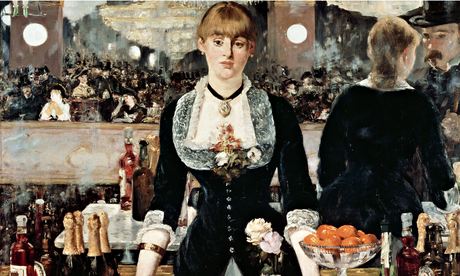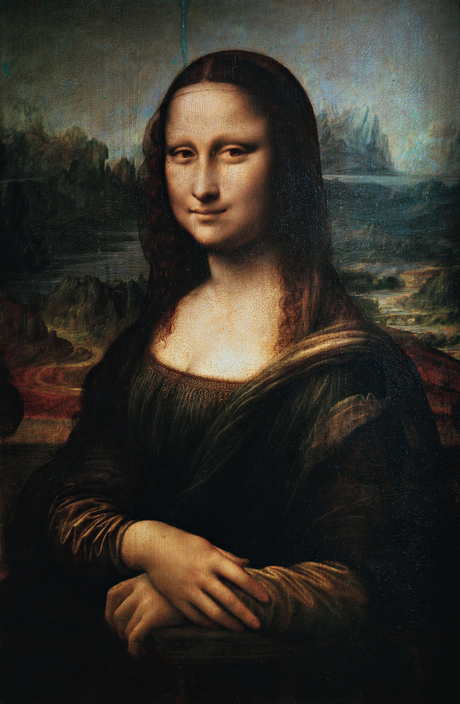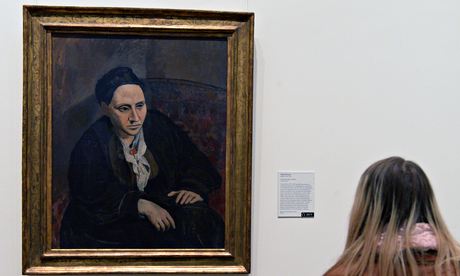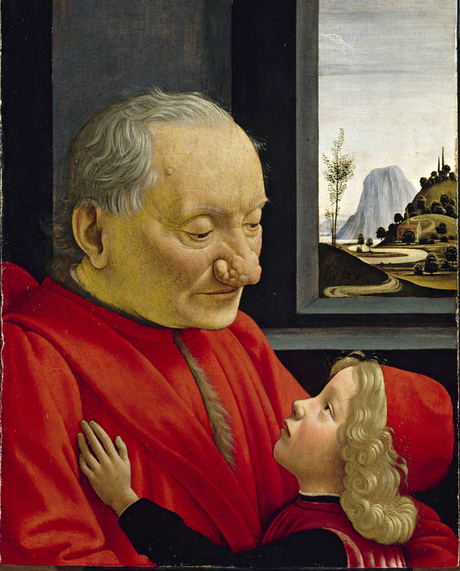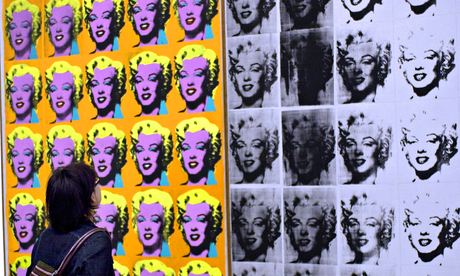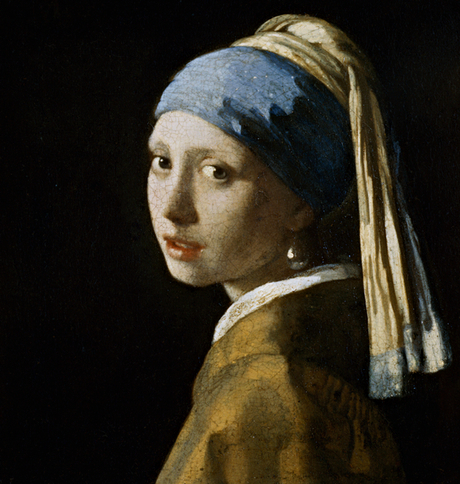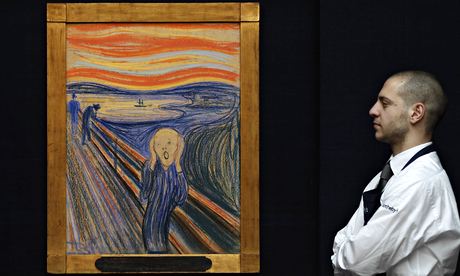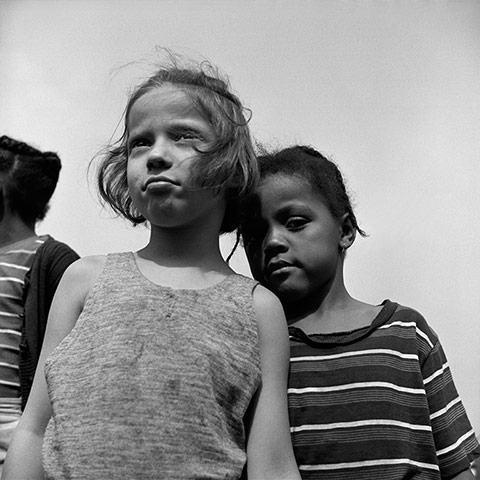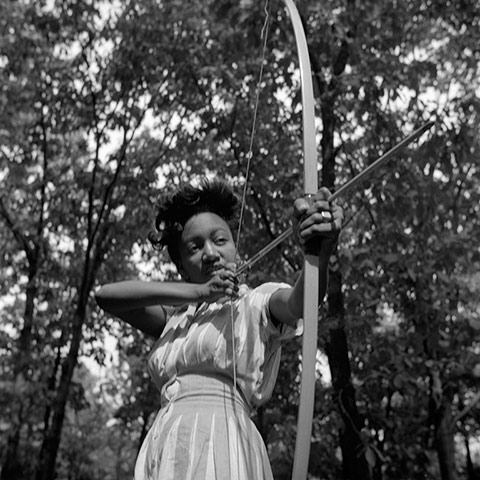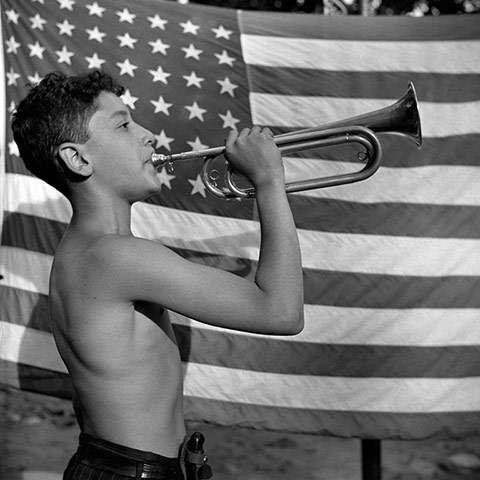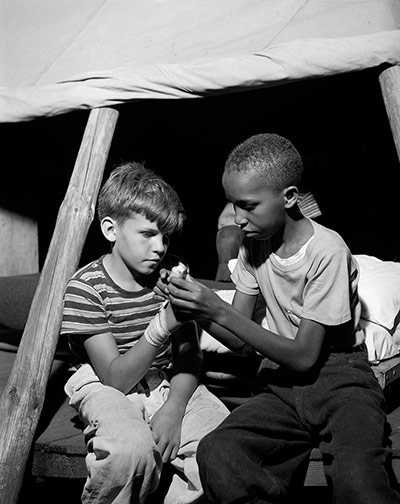It is called the Camden bench, after the local authority that originally commissioned the sculpted grey concrete seats found on London streets. The bench's graffiti-resistant sloping surface is designed to deter both sleeping and skateboarding.
While not as obvious as the stainless steel "anti-homeless" spikes that appeared outside a London apartment block recently, the benches are part of a recent generation of urban architecture designed to influence public behaviour, known as "hostile architecture".
Skateboarders are now attempting to subvert the benches in the way they know best. "We're demonstrating today that you can still skateboard on it," said Dylan Leadley-Watkins, as he careered to a halt after hurling himself and his board along one of the benches in Covent Garden.
"Whatever the authorities want to do to try to destroy public space, they can't get rid of everyday people who can come through an area without having to spend money and do something that they enjoy."
The actions of skateboarders and those angered at the spikes – since removed after an online petition surpassed 100,000 signatures and the London mayor, Boris Johnson, joined in the criticism – come at a time when many argue that cities are growing ever colder towards certain groups.
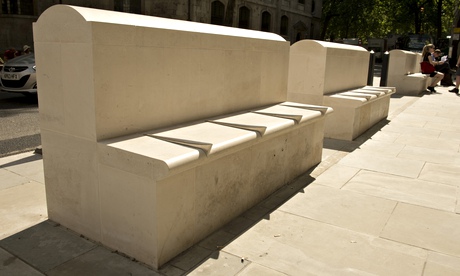 New benches outside the Royal Courts of Justice in central London. Photograph: Linda Nylind for the Guardian
New benches outside the Royal Courts of Justice in central London. Photograph: Linda Nylind for the Guardian
In addition to anti-skateboard devices, with names such as "pig's ears" and "skate stoppers", ground-level window ledges are increasingly studded to prevent sitting, slanting seats at bus stops deter loitering and public benches are divided up with armrests to prevent lying down.
To that list, add jagged, uncomfortable paving areas, CCTV cameras with speakers and "anti-teenager" sound deterrents, such as the playing of classical music at stations and so-called Mosquito devices, which emit irritatingly high-pitched sounds that only teenagers can hear.
"A lot of defensible architecture is added on to the street environment at a later stage, but equally with a lot of new developments it's apparent that questions of 'who do we want in this space, who do we not want' are being considered very early in the design stage," says the photographerMarc Vallée, who has documented anti-skateboarding architecture.
Others emphasise the value of environmental design in deterring criminal behaviour, and insist that thinking has long moved on from such crude solutions as stainless steel spikes.
"Spikes are part of an outdated fortress aesthetic not welcome in communities, where there is recognition that urban design needs to be inclusive," says Lorraine Gamman, professor of design at Central St Martins and the director of the institution's Design Against Crime (DAC) research centre.
"If we wish to use design to reduce antisocial behaviour, then democracy needs to be visible in the crime-prevention design we put on our streets," she says. "I don't have a problem with the Camden bench – whose aesthetics others have criticised – but I do have a problem that in many locations benches, toilets and dustbins appear to have been removed to reduce anticipated crime, at the expense of the law-abiding majority."
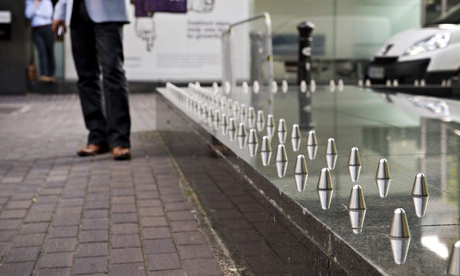 Spikes to prevent sitting in Euston, central London. Photograph: Linda Nylind for the Guardian
Spikes to prevent sitting in Euston, central London. Photograph: Linda Nylind for the Guardian
Innovations currently being developed by Central St Martins include "ATM art" – ground markings aimed at increasing the privacy and security of cash machine users.
Others have included projects related to graffiti ("Graffiti Dialogues"), anti-theft "Grippa Clips" for use in bars and cafes and the "Camden bike stand" , which make it easier for cyclists to keep their bicycles upright and lock both wheels and the frame to the stand.
Anger towards some of the blunter types of "defensible architecture" is growing. On Wednesday, activists poured concrete on top of spikes outside a central London branch of Tesco. The company said they were to prevent antisocial behaviour rather than to deter homeless people butagreed on Thursday to remove them.
The architectural historian Iain Borden says the emergence of hostile architecture has its roots in 1990s urban design and public-space management. The emergence, he said, "suggested we are only republic citizens to the degree that we are either working or consuming goods directly.
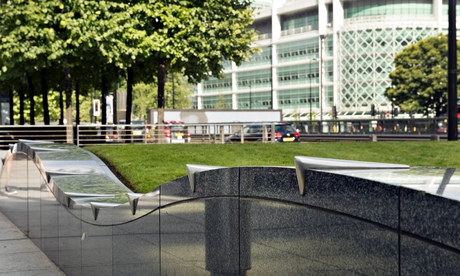 Seating on Euston Road, central London. Photograph: Linda Nylind for the Guardian
Seating on Euston Road, central London. Photograph: Linda Nylind for the Guardian
"So it's OK, for example, to sit around as long as you are in a cafe or in a designated place where certain restful activities such as drinking a frappucino should take place but not activities like busking, protesting or skateboarding. It's what some call the 'mallification' of public space, where everything becomes like a shopping mall."
Rowland Atkinson, co-director of the Centre for Urban Research at the University of York, suggests the spikes and related architecture are part of a broader pattern of hostility and indifference towards social difference and poverty produced within cities.
"If you were being a bit cynical but also realistic, it is a kind of assault on the poor, a way of trying to displace their distress," he says. "You have various processes coming together, including economic processes that are making people vulnerable in the first place, like the bedroom tax and thresholds on welfare, but the next step seems to be to say: 'We are not even going to allow you to accommodate yourself in the most desperate way possible.' "

